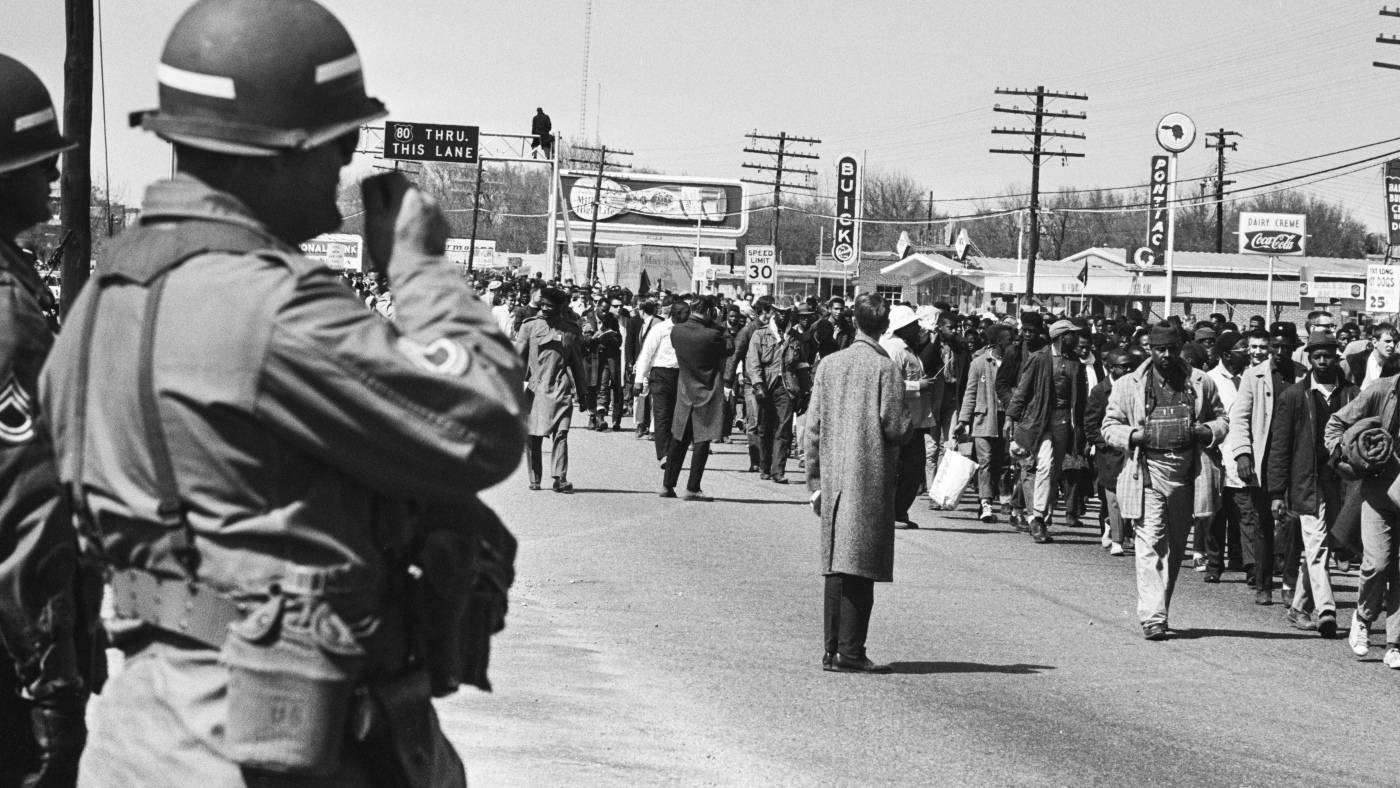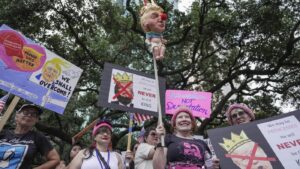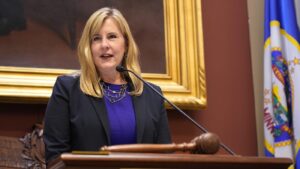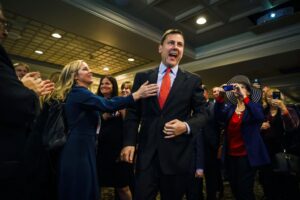Federalizing the National Guard: A Historical Recurrence Amidst Modern Controversies
A recent decision by President Trump to federalize the California National Guard despite opposition from Governor Gavin Newsom has revived discussions about presidential authority and historical precedence. This move echoes an event from 60 years ago when President Lyndon B. Johnson federalized Alabama’s National Guard to protect civil rights demonstrators.
The last time a U.S. president acted without a governor’s consent to federalize a state’s National Guard was in 1965. Johnson’s intervention was to safeguard activists marching from Selma to Montgomery, following the infamous “Bloody Sunday” incident. This historical moment is detailed in NPR’s coverage.
Currently, President Trump has justified his decision by citing the need to reestablish order after Immigration and Customs Enforcement raids led to public protests. Governor Newsom, however, contends that Trump’s actions have exacerbated tensions, though he agrees that non-peaceful demonstrators should face consequences.
Historically, states have occasionally requested federal assistance during times of major unrest. In 1992, California’s then-Governor Pete Wilson sought help following the Rodney King trial verdict. Similar federal interventions occurred after Martin Luther King Jr.’s assassination in 1968 and during the Detroit violence in 1967, as noted in a Justice Department report.
Johnson and Wallace: A Clash in 1965
In a historic federal move, Johnson issued an executive order on March 20, 1965, to ensure the safety of marchers on Highway 80. This decision was necessitated after Alabama Governor George Wallace failed to secure the marchers’ safety, citing an inability and refusal to do so. Johnson’s executive order was based on a court-approved plan for the march from Selma to Montgomery.
During a conversation on March 18, Johnson advised Wallace to deploy the state’s National Guard to prevent potential violence. Wallace initially agreed, stating, “If it takes ten thousand Guardsmen, we’ll have them,” but later requested federal intervention instead. This led Johnson to express frustration over Wallace’s contradictory stance.
Johnson’s decisive action is reminiscent of other presidential interventions, such as John F. Kennedy’s troop deployments in Mississippi and Alabama. These powers, though seldom used, have been a critical tool in enforcing federal laws and maintaining order, as documented by the Congressional Research Service.
Eisenhower’s Intervention in Little Rock
Another significant instance occurred in September 1957 when President Dwight D. Eisenhower federalized the Arkansas National Guard. This was in response to Governor Orval Faubus’s attempt to prevent Black students from attending Little Rock’s Central High School, defying the Supreme Court’s decision in Brown v. Board of Education.
Eisenhower’s intervention ensured the students, known as the “Little Rock Nine,” could attend classes safely. The president’s orders followed a riot that erupted when the students attempted to enter the school, highlighting the federal government’s role in upholding desegregation orders.
Ultimately, the 101st Airborne Division was deployed to enforce integration, and the Arkansas National Guard was also federalized. The National Guard maintained a presence throughout the academic year, as recounted by the National Park Service.
This article was originally written by www.npr.org







Be First to Comment